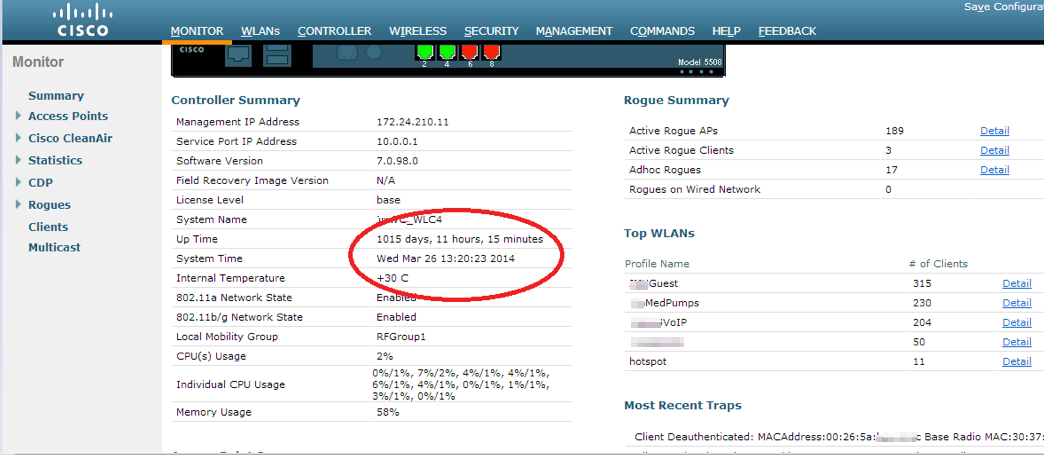Trying to stay entirely up-to-date on the ways the Internet and data in general are changing is like trying to spot the winner in a horse race where the horses are traveling faster than the speed of light. Everything looks impressive and things change so often and so quickly that it all just looks like one, big blur. With the proliferation of mobile technology and seismic cultural shifts in the way people find and consume media, some clear trends are starting to emerge from the fray. Here are some of the major data trends that will determine how the Internet looks, feels and evolves over the next several years.
Speed and Demand
The relationship between how fast our Internet connections are and how much data we transfer in a given day is a chicken and egg scenario. Is it the development of ever-faster connection speeds that make people want bigger data streams, or is the demand for increasingly huge chunks of data pushing engineers to go beyond current limits in transfer speeds? It’s probably a bit of both, and the infrastructure around Internet service is struggling to keep up. There’s some hope in the so-called “gigabit networks” that are becoming more common every day. While big-name pioneers like Google have been setting up test networks that deliver faster upload and download speeds than even the fastest standard services in cable and DSL, small, local and even government-supported gigabit networks are starting to pop up in major cities.
Cloud and Mobile
The average person looks more mobile every year, showing a greater preference for laptops, tablets and smartphones over desktop PCs in a consistent trend. This, in turn, has created a greater demand for software and data storage outside of the relative limitations of mobile hardware. The answer to the limited memory of a mobile device is cloud computing, which encompasses many methods of running and storing programs and data virtually. The design philosophy of Software as a Service (SaaS) is ever-more the go-to for the mobile cloud. Users are happy to rent an online-only, cloud-supported version of, say, the Adobe Creative Suite for a monthly fee instead of buying the software and storing it locally. This continues to change the very foundation of software-focused business models and switches the Internet into an application-driven space.
High-Def Becomes Low-Quality
Increasing connection speeds and the growing mobile cloud are making it possible for online content to achieve new heights in quality. Once the peak of online video, 1080p is quickly becoming the grainy, low-end version of definition qualities that double, triple and even quadruple the package. The latest in monitors and TVs is 4k, which is essentially 4000+p, with YouTube already offering video in that range and some new, online-only TV shows already shooting in 4k. If viewers no longer have to worry about overtaxing their Internet connections or downloading whole videos that take up massive amounts of hard drive space, the quality of large media like videos and games is functionally limitless. The onus of data management and security is then on increasingly in-demand data centers that will essentially act as the mainframes that physically host this ultra-high-definition content.
Longer Content
Traditional wisdom about Internet content is that viewers won’t have the patience for anything longer than five minutes, but that has proven false as people get more and more of their content online exclusively. A number of platforms, some Web-native and some multimedia, have already had success grabbing millions of viewers with long-form content. VICE has been hitting the long-form philosophy harder as of late, putting its stamp on ambitious journalism with “mini-documentaries” that are essentially long-form Web videos heavy on content. In just a few short years, video on the Internet has evolved from two-minute home movies to cinema-quality trips to never-before-filmed corners of North Korea with VICE CEO Shane Smith. The demand for content is only more voracious, but attention spans, it seems, are growing more robust.
Short-Form Ubiquity
That isn’t to say that there’s a dearth of short-form video content in this new atmosphere. Quite the opposite, actually. Video banner ads are more common than ever, but it goes beyond that into the realm of non-ad content from news and entertainment sources. Using short-form apps like Instagram and Vine to create content that’s just seconds long, respected platforms like USA Today are investing in everything from teasers for larger stories to 15-second stand-alone news segments. This kind of content is tailor made to be shared, embedded on other sites and viewed on mobile devices that many users don’t feel are ideal for long-form content like movies and TV shows.
Someone Else’s Eyes
Look back at some of the most innovative, widely shared videos of the past year and you’ll find a lot of first-person perspectives. GoPro videos are basically a category unto themselves today, but that field is about to get a lot more crowded. As Google’s Project Glass goes from its testing phase to full market release, expect first-person videos to become standard in everything from scripted content to games and news. Content will be designed both using wearable recorders and for wearable devices. We will literally be seeing what others see, shaping content into experiences first and foremost.
Connecting Everything
For future-minded thinkers, all of the above developments look like precursors to something bigger and truly life-changing. The idea that the Internet is even a separate thing from our everyday lives is becoming antiquated. When our phones communicate with our cars which will soon communicate with our road infrastructure, the gap between “online” and “in real life” will close almost completely.
In the end, everything on the Internet is just data. How we manage it, create it and receive it depends on our tastes and the capabilities of our technology. Today, the leading taste is mobile, the hunger for content insatiable and the quality of the content is only rising. We look forward to a very fast, very crisp and very cloudy Internet atmosphere over the next decade.
Share:


 1)Tell us a little bit about yourself and your company?
1)Tell us a little bit about yourself and your company?
 In his recent blog, Colin Lynch
In his recent blog, Colin Lynch 


CONNECT WITH US